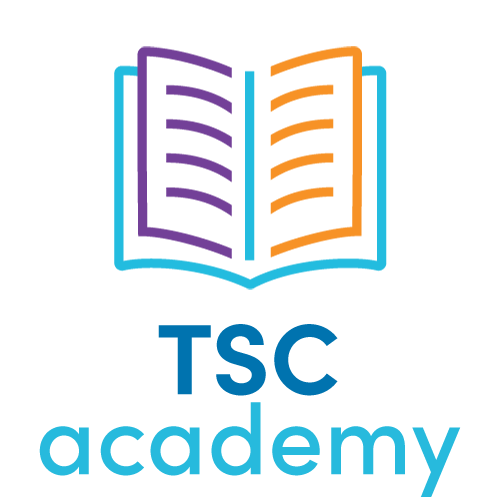
Epilepsy is a common manifestation of tuberous sclerosis complex (TSC). More than 80% of individuals with TSC will have seizures at some point during the journey, most often beginning in infancy and childhood.
The origin of the seizures is usually from brain regions adjacent to tubers. There are many treatment options for epilepsy, including anti-seizure medications, the vagus nerve stimulator, responsive neurostimulation, surgery and dietary therapies.
Several new anti-seizure medications have become available in recent years, and these drugs along with older medications control the seizures for many individuals. Unfortunately, for some individuals with TSC, the seizure activity proves intractable or refractory, which means that, despite appropriate use of appropriate medications, the individual continues to have seizures. In these cases, other therapeutic options should be considered.
Anti-seizure medications
There are many choices of anti-seizure medications for the treatment of epilepsy in people with TSC. For a specific seizure type known as infantile spasms, vigabatrin is the recommended first-line therapy. For other seizure types, an epileptologist or neurologist knowledgeable about TSC can work with you to identify the medication that will best treat the specific seizure type you have while minimizing the side effects.
Vagus nerve stimulator (VNS)
The VNS has provided improved seizure control for some individuals with TSC. A VNS device is surgically implanted under the skin of a person’s chest and connected to the vagus nerve. A person can activate the VNS if he or she feels a seizure coming on, or a caregiver can activate the VNS when they observe a person start to seize. Activation sends signals through the vagus nerve to the brain which may stop a seizure. Similar to anti-seizure medications, about one-third of individuals with epilepsy and TSC who use the VNS will have a greater than 90% reduction in their seizure frequency, one-third will have more than a 50% reduction in seizures, and one-third will not respond to the VNS or will only see slight improvement. It is not possible to determine before implanting the device who will and will not respond.
Responsive neurostimulation (RNS)
RNS is a newer technology than VNS, but so far RNS has been studied in a relatively small number of people with TSC. An RNS device is implanted under the skin of the head and connected to two electrodes placed onto and into the brain. The device can detect abnormal electrical patterns in the brain which indicate the beginning of a seizure, and then the device can deliver an electrical pulse to the brain which may shorten, stop, or even prevent a seizure.
Epilepsy surgery
Brain surgery can be quite successful in reducing seizures in individuals with TSC in the appropriately selected surgical candidate. Different procedures can be effective depending on the type of seizure an individual with TSC is exhibiting. When the seizure focus can be identified using brain imaging and EEG, then that portion of the brain can be surgically removed as long as it would not damage a portion of the brain critical to the individual’s quality of life, such as movement or language abilities. Traditional surgery known as “surgical resection” involves opening a part of the skull and physically removing a small portion of the brain. For some individuals a less invasive surgery, called laser or thermal ablation therapy, can successfully destroy the small part of the brain causing the seizures using an electrode inserted into the brain through a small hole made in the skull. Studies have shown surgery is often more effective the sooner it is performed, so surgery is more commonly used in children with TSC. However, some adults with TSC have undergone surgery with success. If an individual and his or her neurologist determine that this treatment should be considered, the individual should consult with an epilepsy surgery program.
Dietary therapy
The ketogenic diet is high in fat content and low in carbohydrates which has been effective in treating epilepsy in some individuals. This diet is more often used for children rather than adults because it is very restrictive in terms of the types of food allowed. The low glycemic index diet and modified Atkin’s diet are modifications of the ketogenic diet that are more palatable for some adults.







